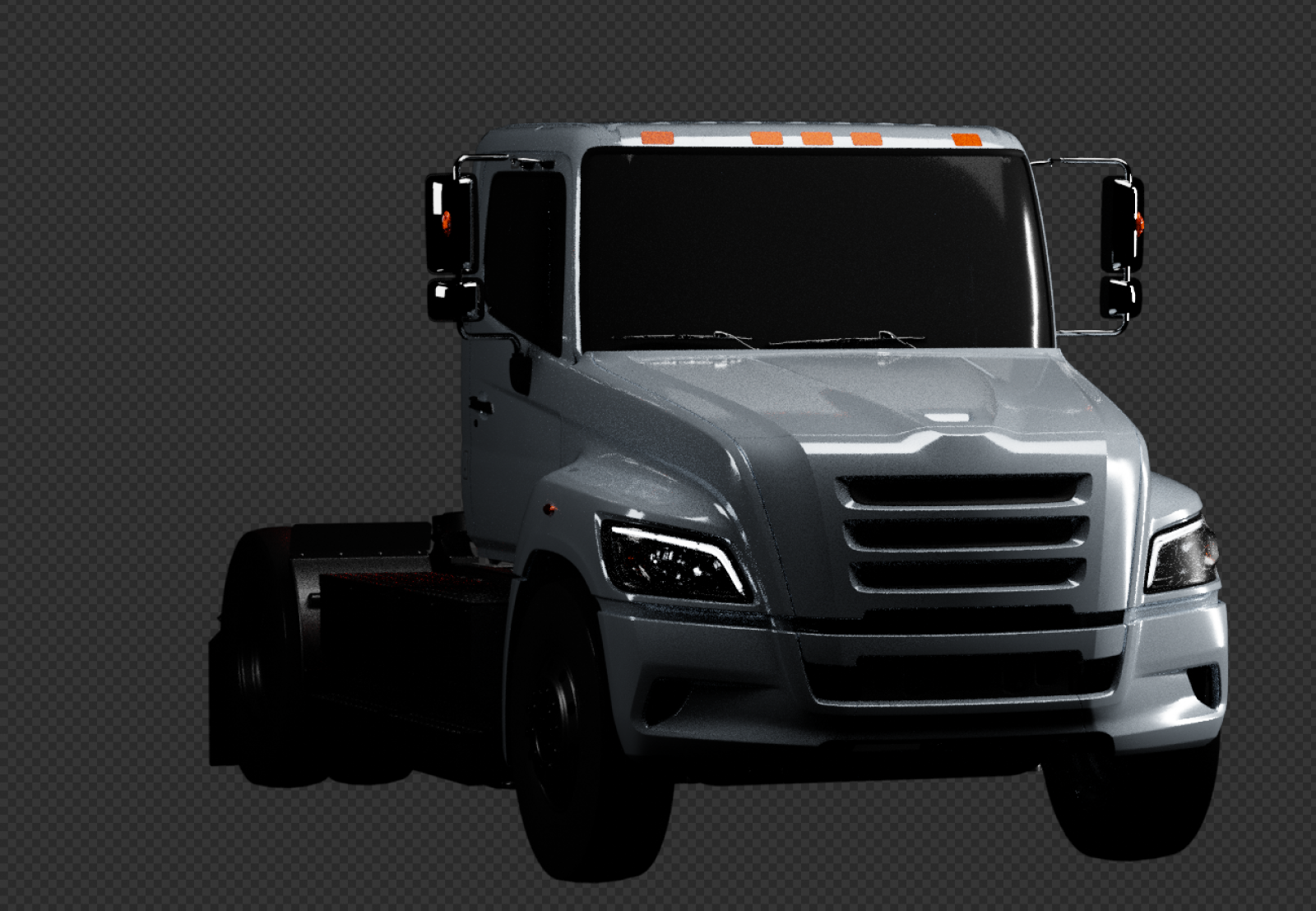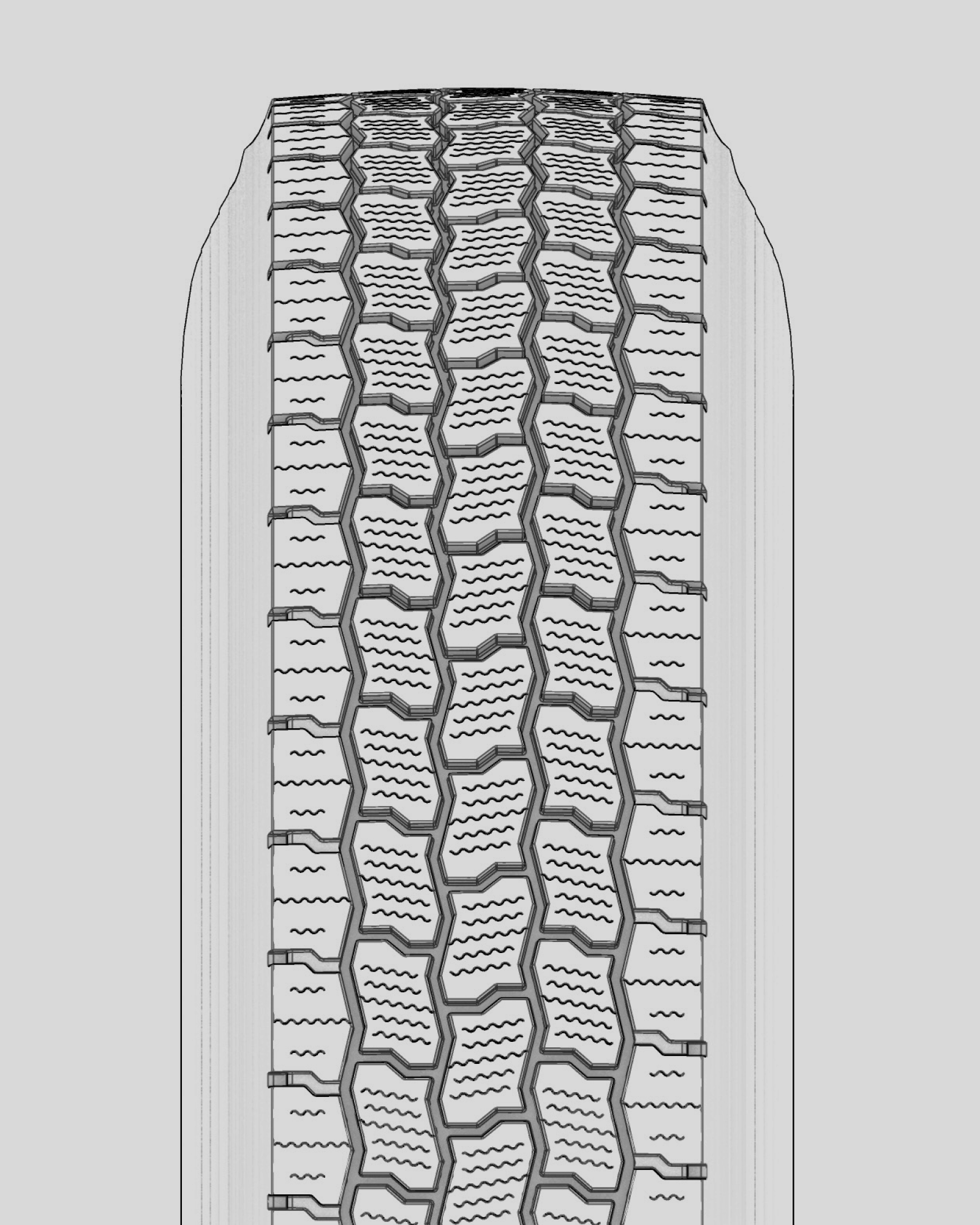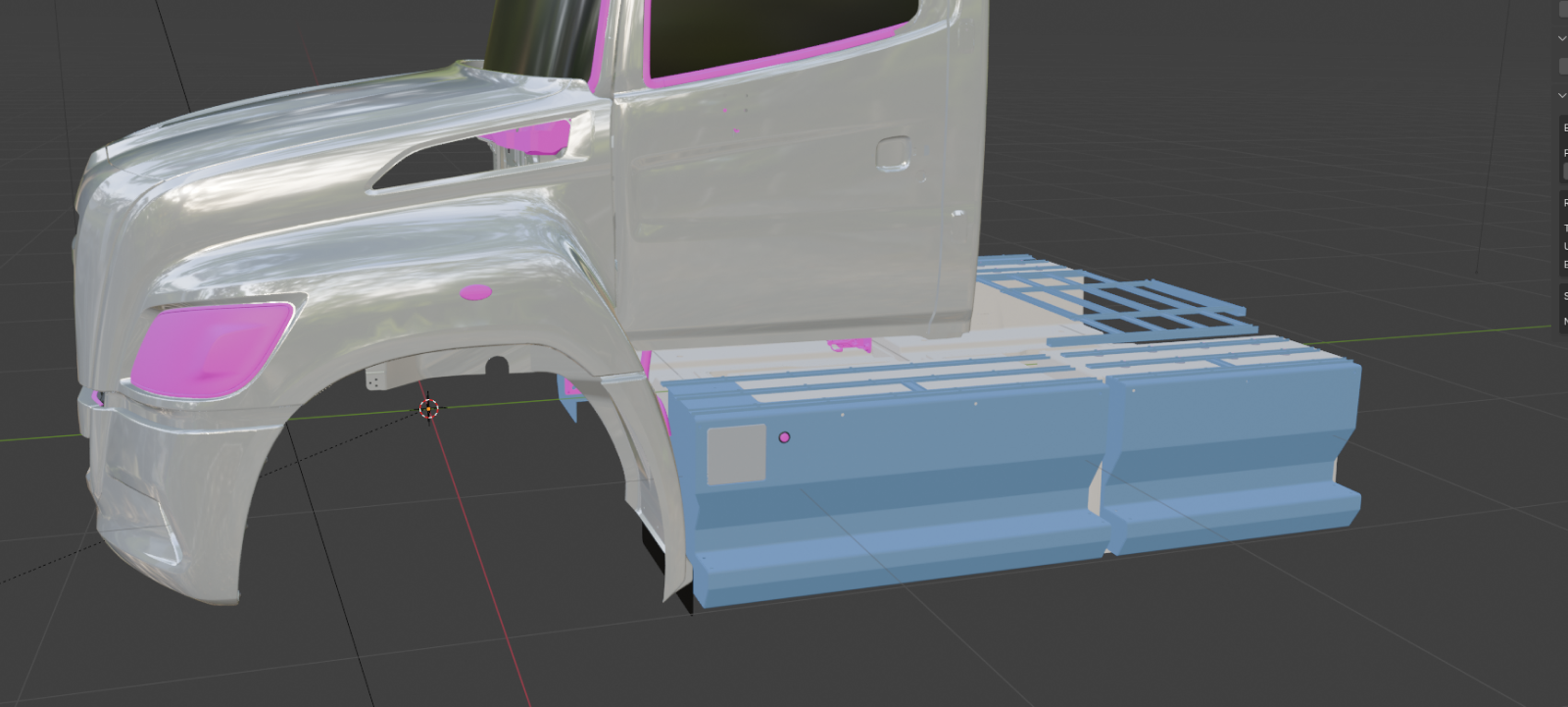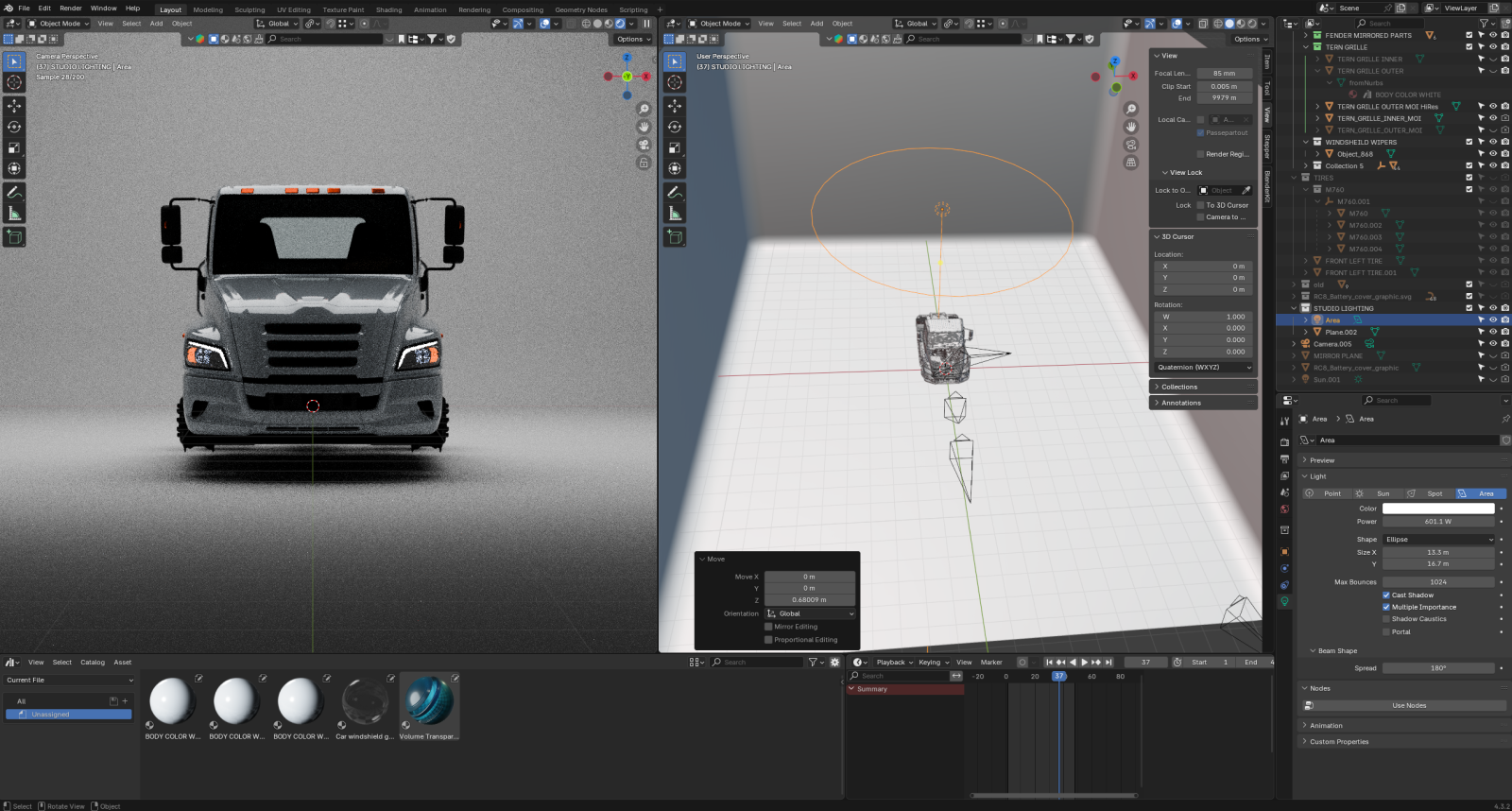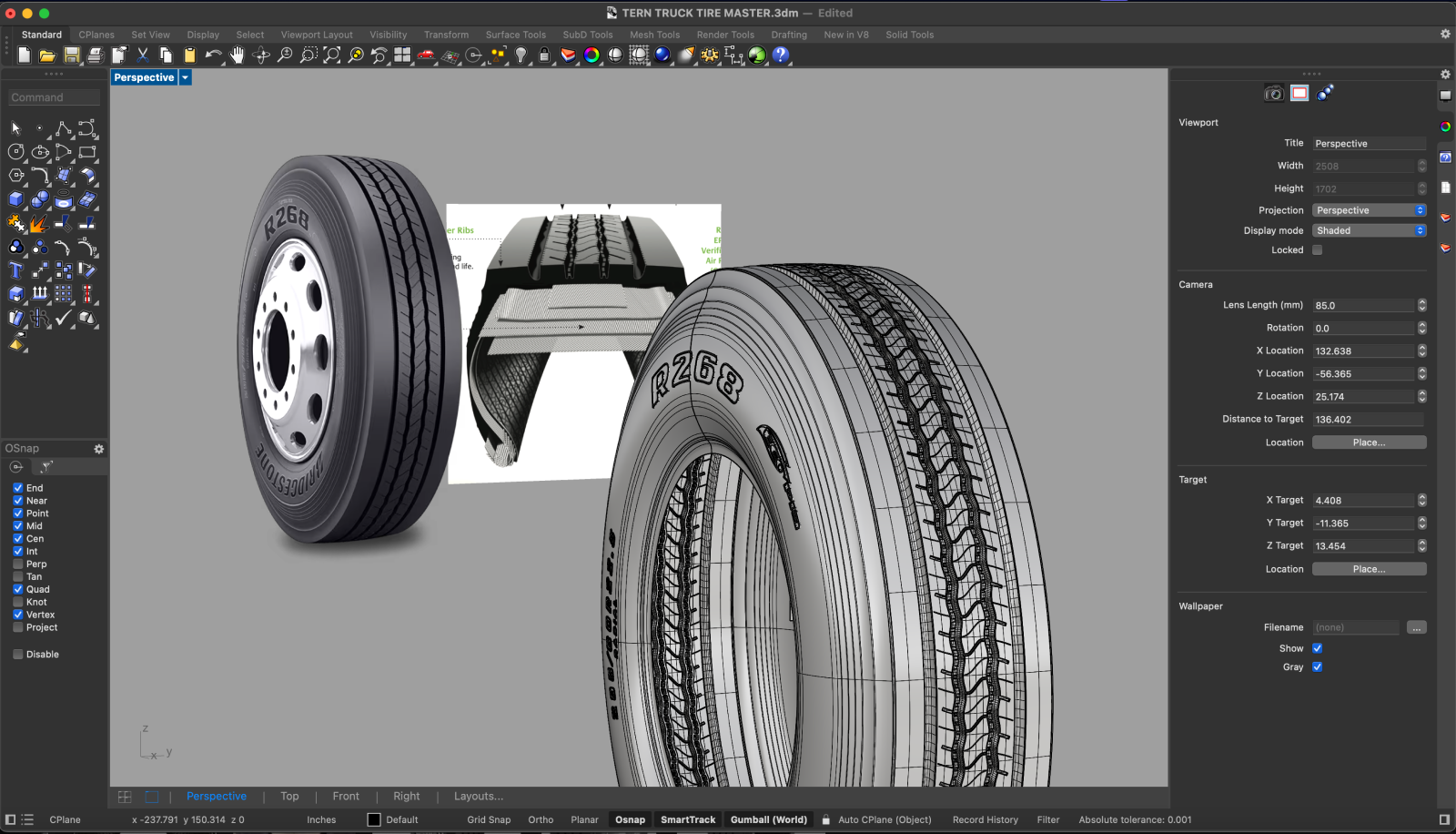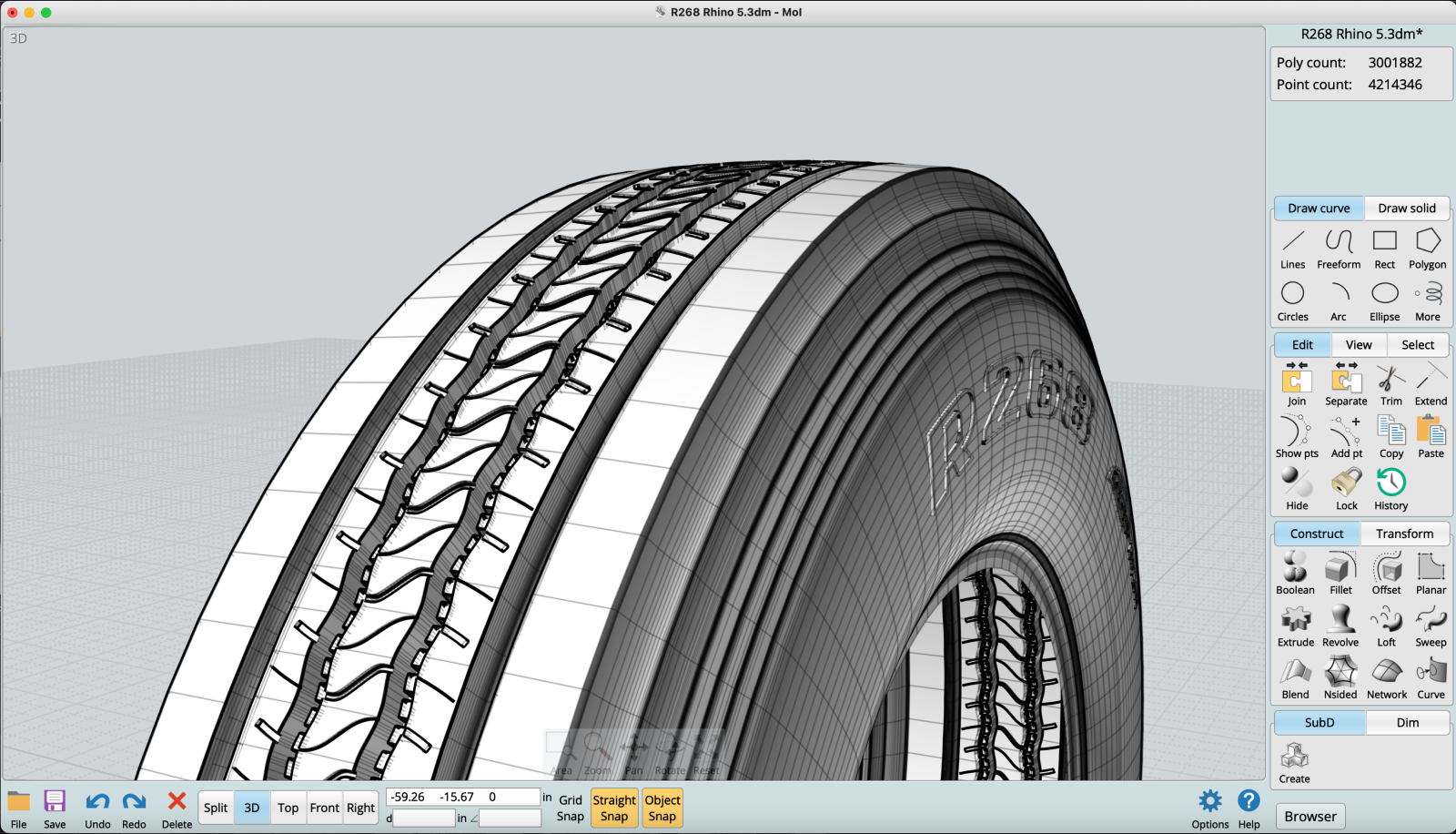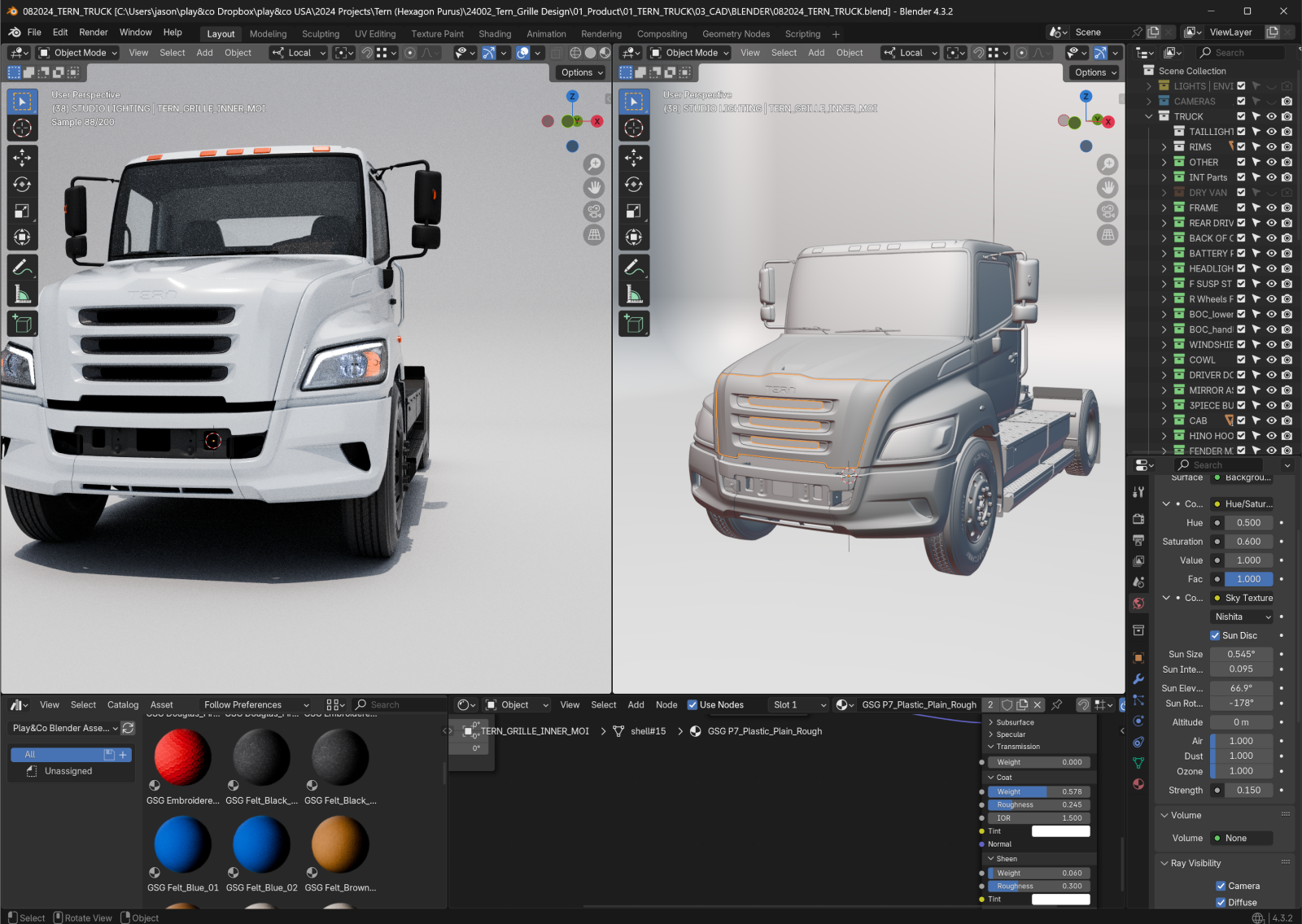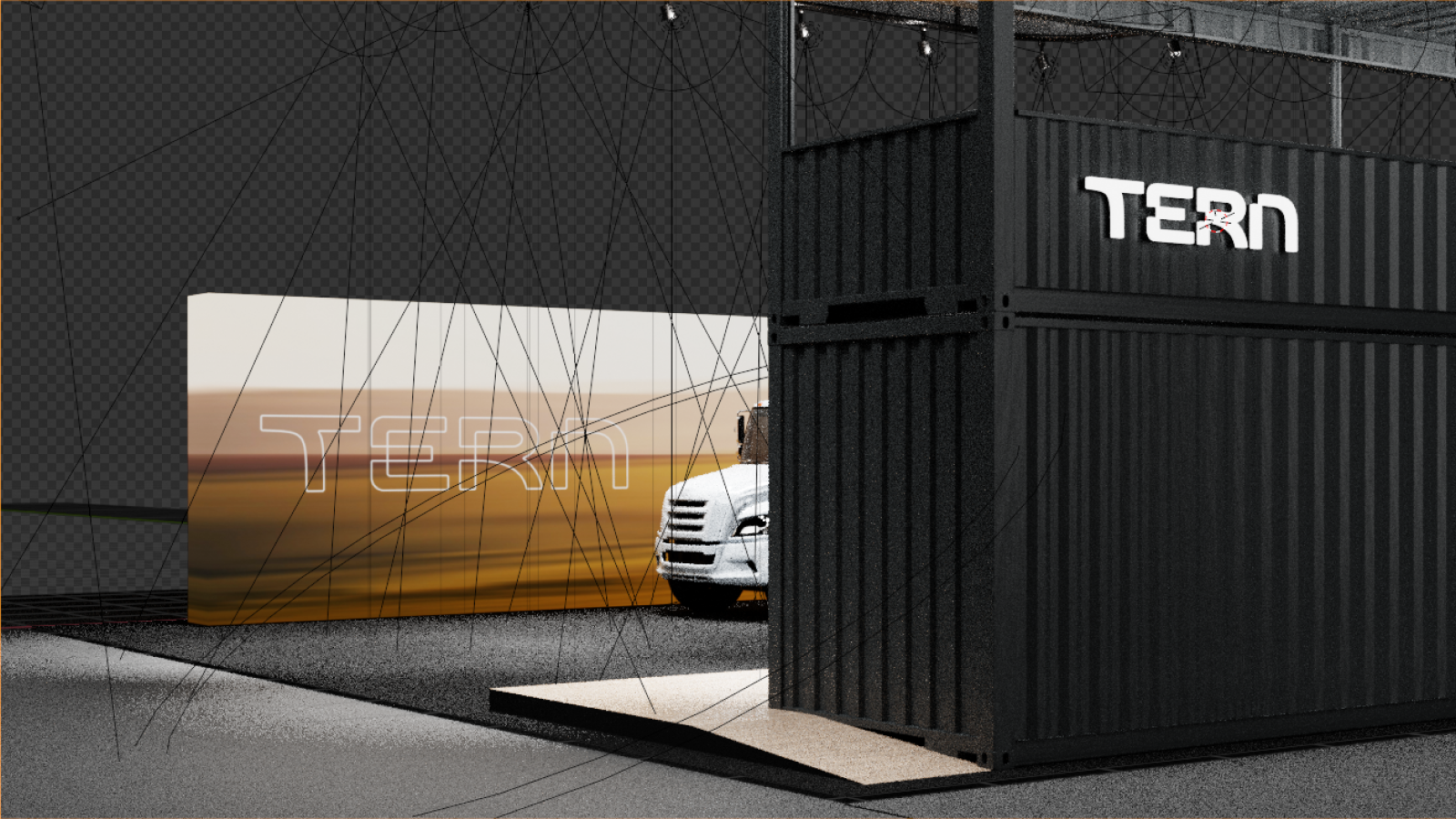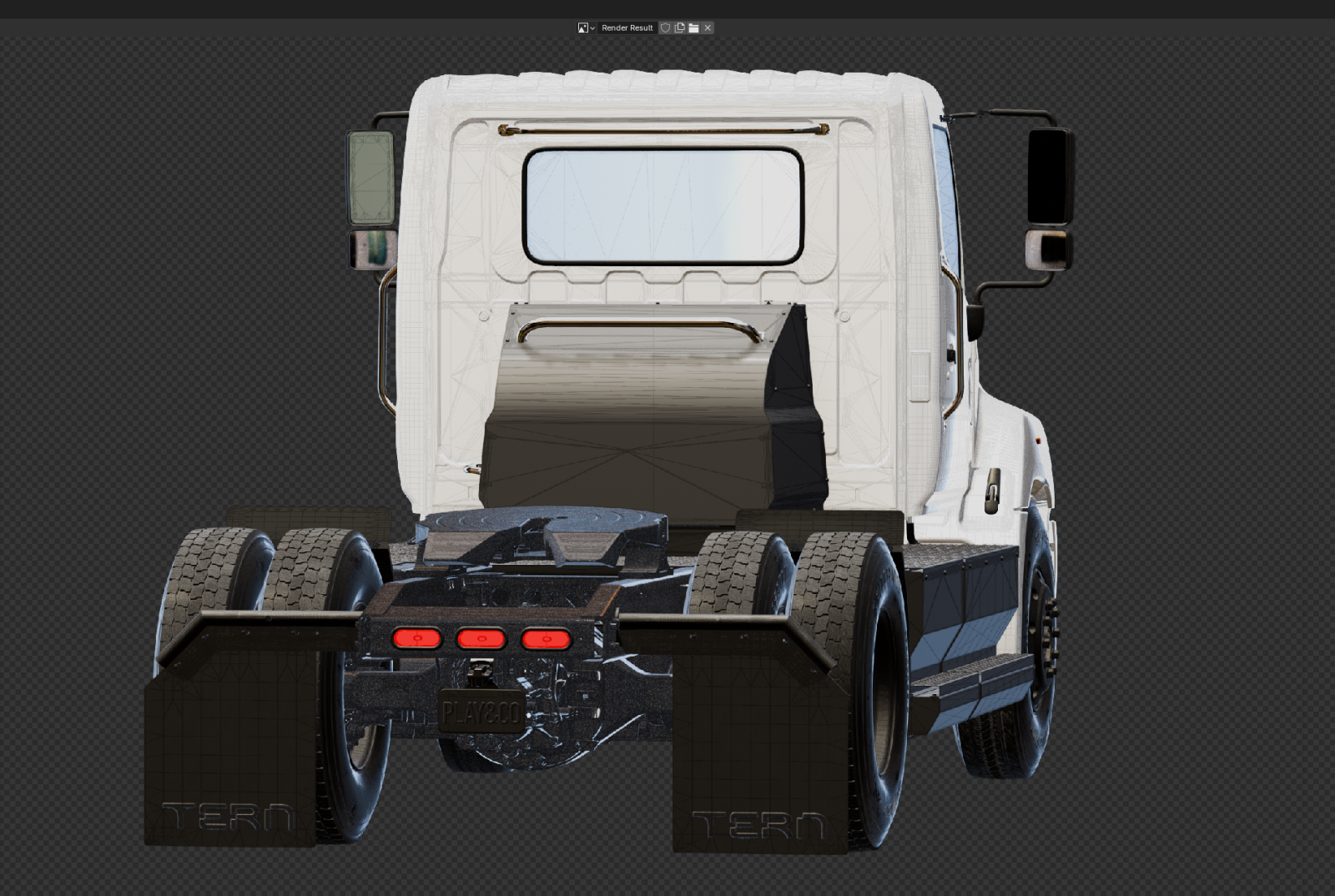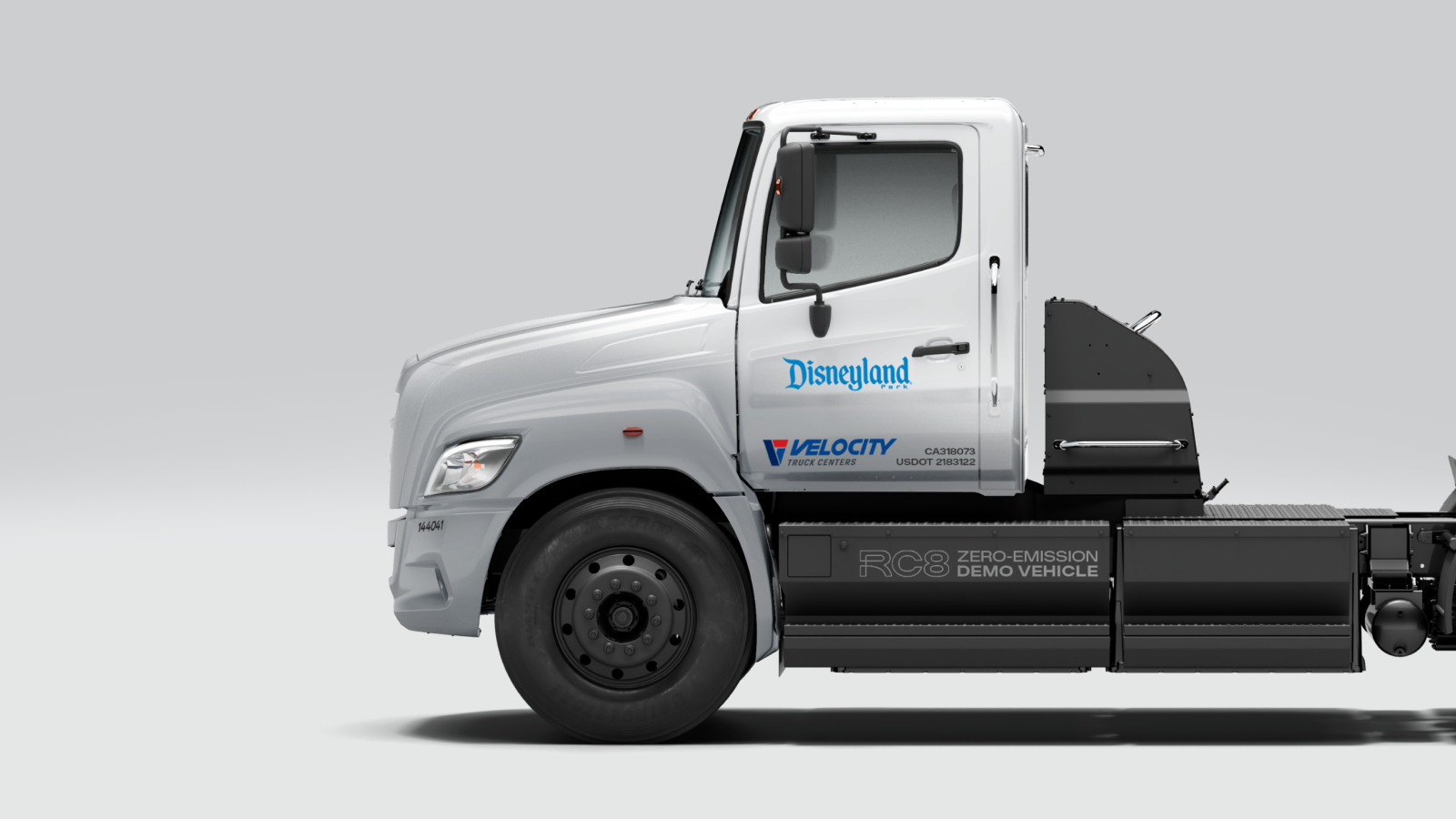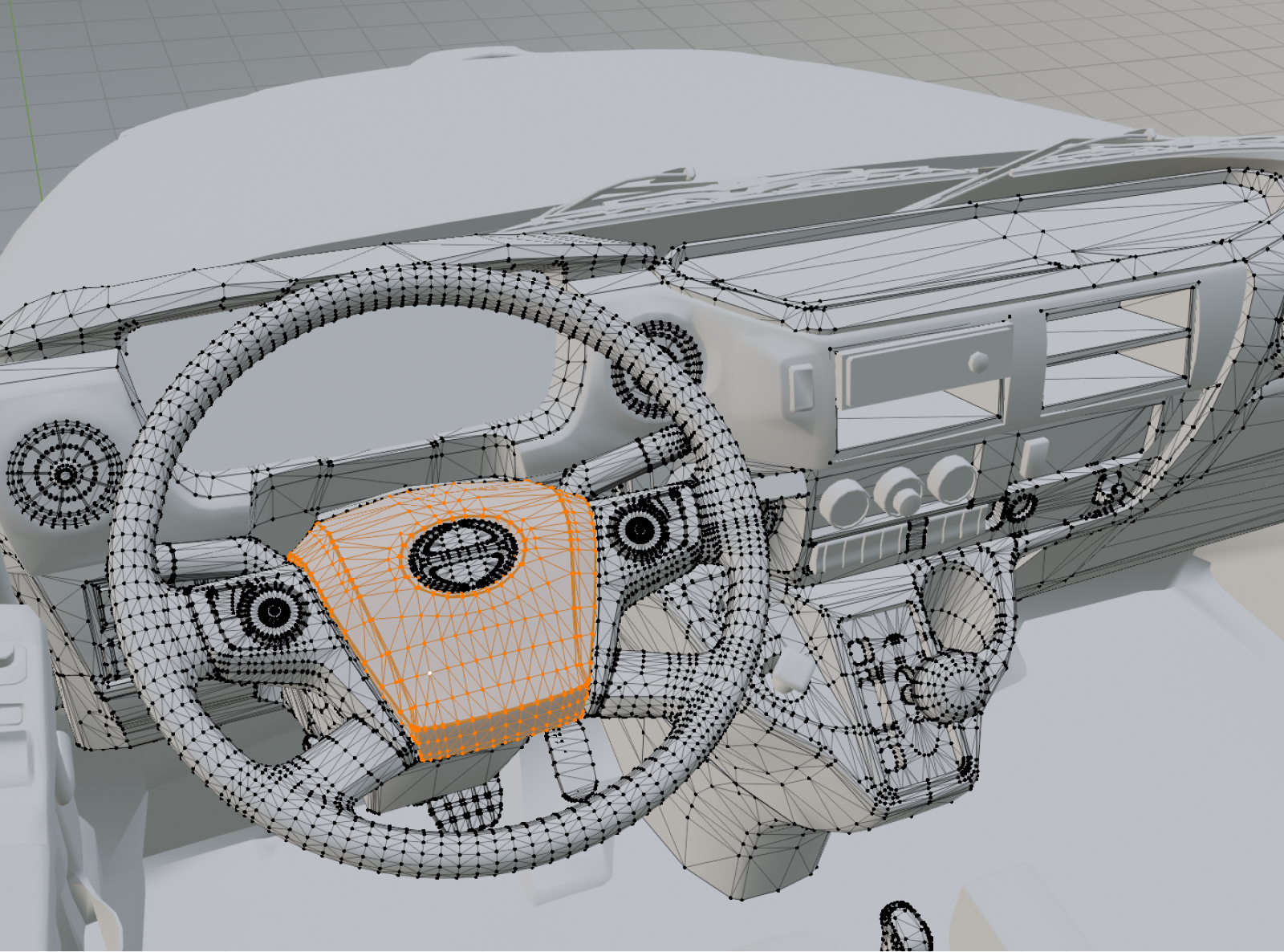
Digital Twins in the Design Process
What is a Digital Twin?
A Digital Twin is a dynamic, data-informed virtual model of a real-world object, system, or process. Unlike static representations, digital twins are continuously fed real-time data from their physical counterparts, enabling teams to monitor performance, predict outcomes, and optimize behavior.
Traditionally, digital twins serve manufacturing and operations—think of monitoring an aircraft engine or predicting equipment failure. But what if we applied this proven methodology earlier in the product lifecycle, during design and development itself? In the design phase, digital twins become a strategic tool for aligning brand vision with product reality before any physical investment is made.
Our Unique Approach: Bridging Brand and Product
Unlike traditional design processes that separate brand from product development, we apply digital twin methodology to unify brand strategy with product design from the earliest concept stages. Most design processes treat brand and product as separate workstreams. We believe that's a missed opportunity. By bringing brand and product development together, each informs and strengthens the other throughout the design process. This integrated approach results in deeper, more cohesive, and more engaging product and brand experiences—and it's where digital twins become invaluable.
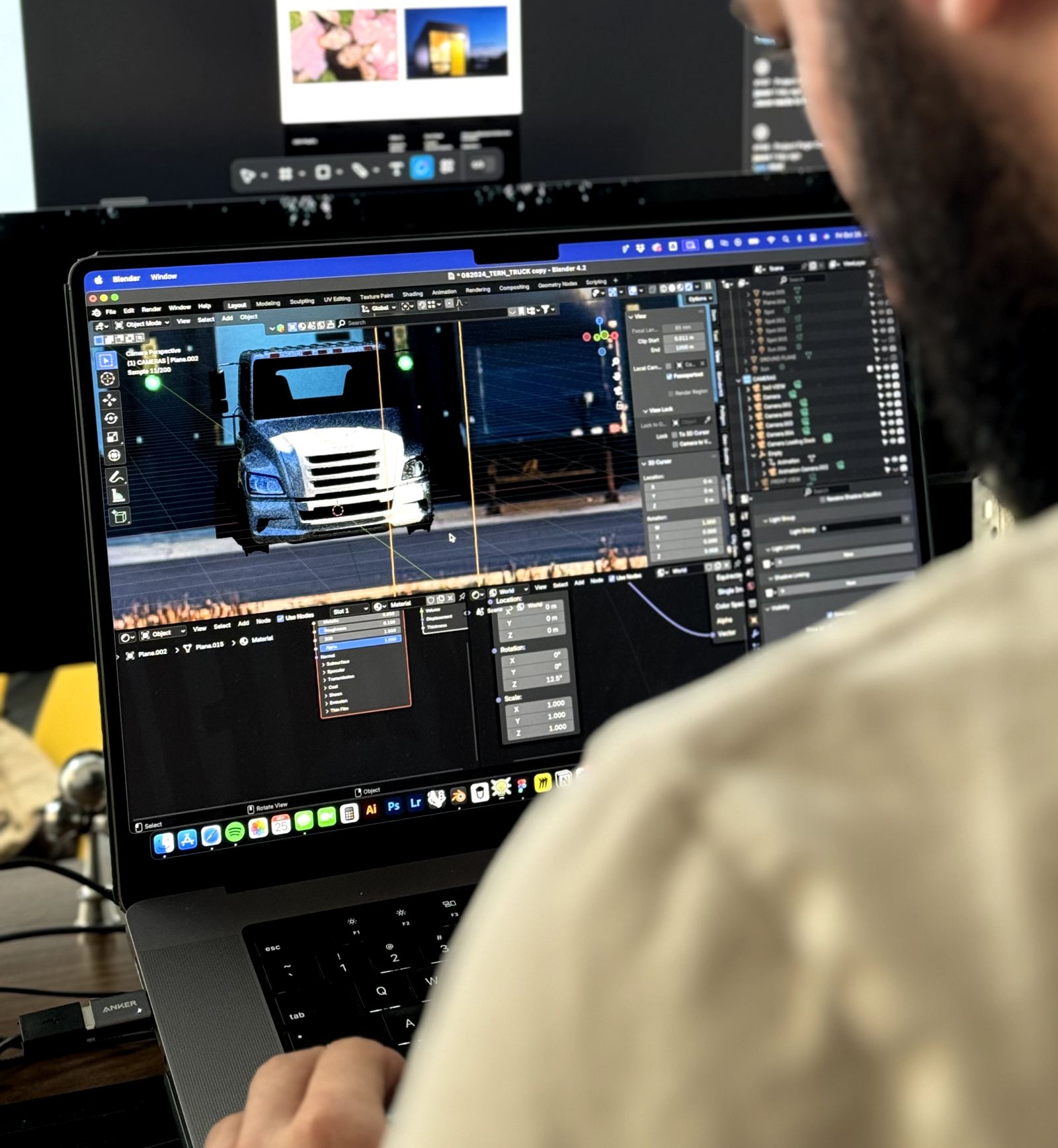
Why This Matters for Complex Products
Modern products are increasingly complex. Modularization and platformization can drive efficiency in manufacturing, logistics, and generational updates—but only if brand and product align from the start. Misalignment costs time, resources, and market impact.
Digital twins allow design teams to visualize, test, and validate how product decisions affect brand perception, and vice versa. They create a shared reference model that keeps cross-functional teams aligned, from engineering and design to marketing and leadership.
Navigating Complex Product Development: The Tern Trucks Case Study
Our approach to digital twins in product design is best illustrated through the Tern Trucks project—specifically, how what appeared to be a straightforward task revealed the power of integrated methodology.
The Challenge
What started as "design a grille for an electric class-8 truck using an existing vehicle platform" (the Hino XL7/8 tractor) became far more ambitious: create a new OEM truck brand, design signature elements, prepare production surfaces, and launch both brand and show truck at the ACT Expo in Las Vegas—all within one year.
Designing a grille using OEM specifications alone is straightforward. But designing a brand, integrating it into a complex vehicle architecture, managing stakeholder alignment across multiple organizations, and hitting a hard product launch deadline? That's where a digital twin approach proved essential.
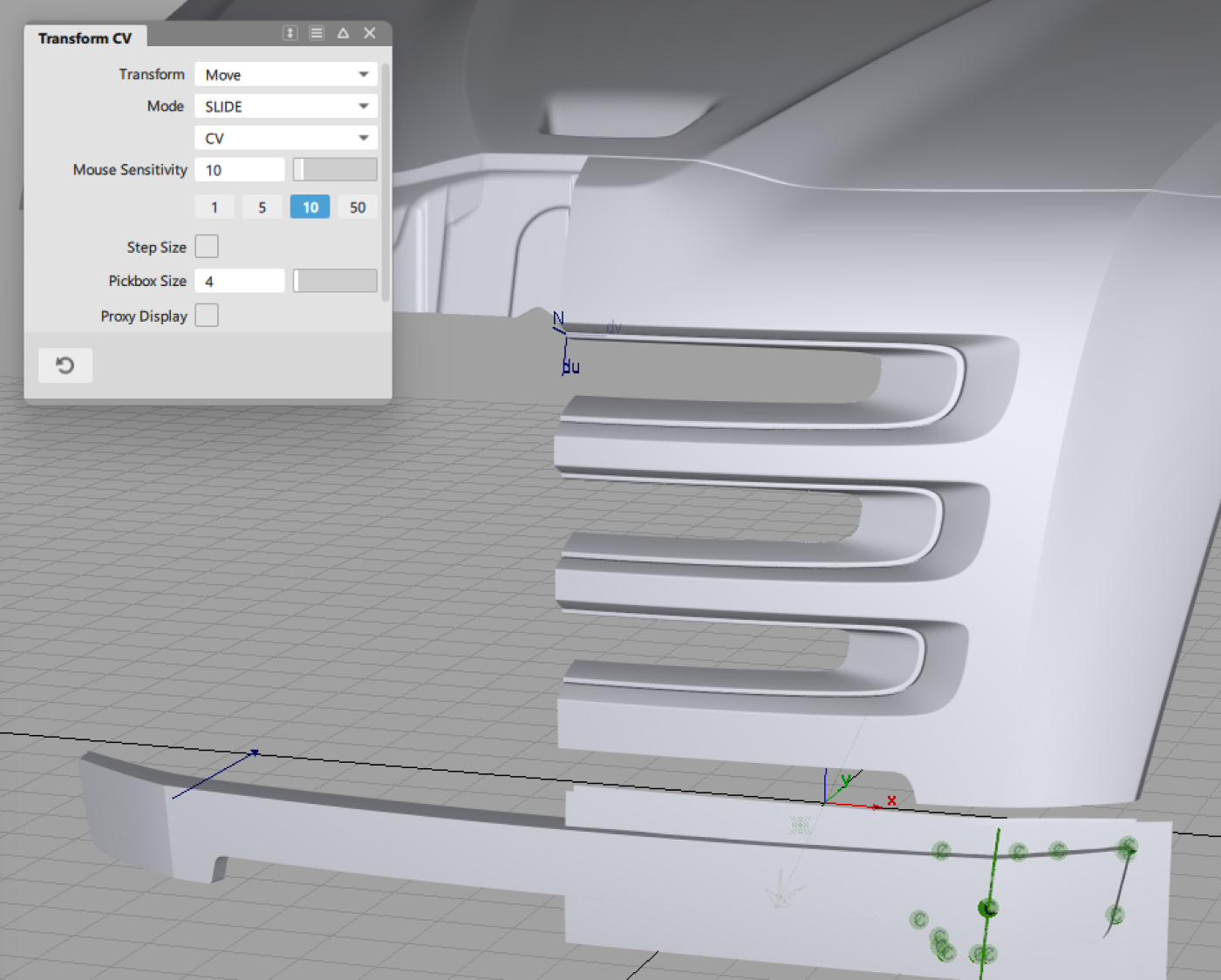
How We Used Digital Twins to Solve the Challenge
Instead of iterating through physical prototypes or disconnected design files, we built a comprehensive digital twin that modeled both the product and the brand simultaneously. This allowed us to:
- Visualize brand expression through product — See exactly how design decisions translated brand values into physical form
- Test complexity interactions — Understand how modular components affected both manufacturing and brand perception
- Maintain stakeholder alignment — Give partners a clear, shared vision of the final product and brand before committing resources
- Accelerate iteration — Move from concept to refined direction faster by testing ideas virtually
The single biggest advantage of utilizing digital twins in the design process is clear vision, trust, and alignment with our partners.
This clarity of vision directly translated to faster decision-making, reduced rework, and a cohesive launch that exceeded expectations. When designing the brand and product launch experience for the 2024 Advanced Clean Transportation (ACT) Expo, our digital twin of the RC8 was critical to not only accurately visualize the vehicle in the trade show environment, but a 1:1 photoreal “drove up” alongside the physical product at the moment of reveal, creating a powerful brand moment.
Additionally, the digital twin process enabled our team to coordinate these parallel product design and brand launch paths seamlessly. This allowed us to execute a full-scale 3D printed grille that met tight content production timelines for the trade show, web, and social channels.

Key Takeaways
Digital twins aren't just for manufacturing. When applied thoughtfully to design and development, they become a strategic tool for:
- Integrating brand and product strategy from day one
- Reducing misalignment costs across teams and organizations
- Accelerating time to market by allowing project teams to experience, review, test and validate the complete designed concept before it is made
- Building stakeholder confidence through clear, shared vision
- Managing complexity in modular and platform-based product systems
If your product is complex, your stakeholder landscape is intricate, or brand and product alignment feels disconnected, a digital twin approach might be exactly what you need.
Ready to Integrate Brand and Product Strategy?
Whether you're designing a new product category, repositioning an existing brand, or navigating complex stakeholder alignment, we'd love to explore how a strategic design methodology can deliver better results.
View the full Tern Trucks case study here.
Reach out to start a conversation about your next project.

